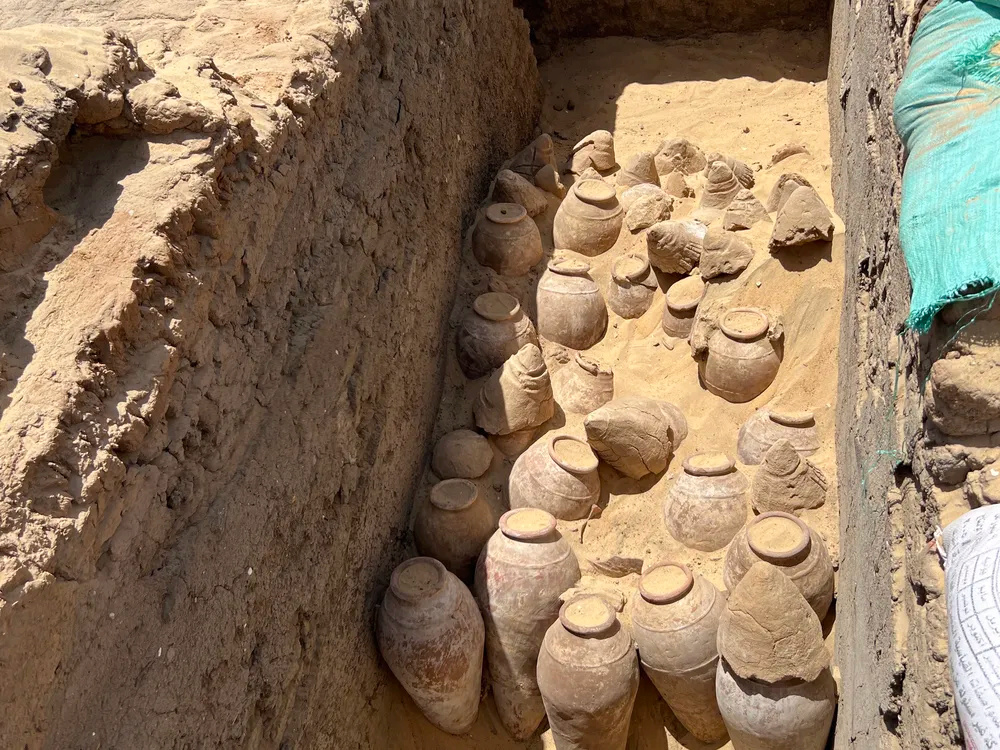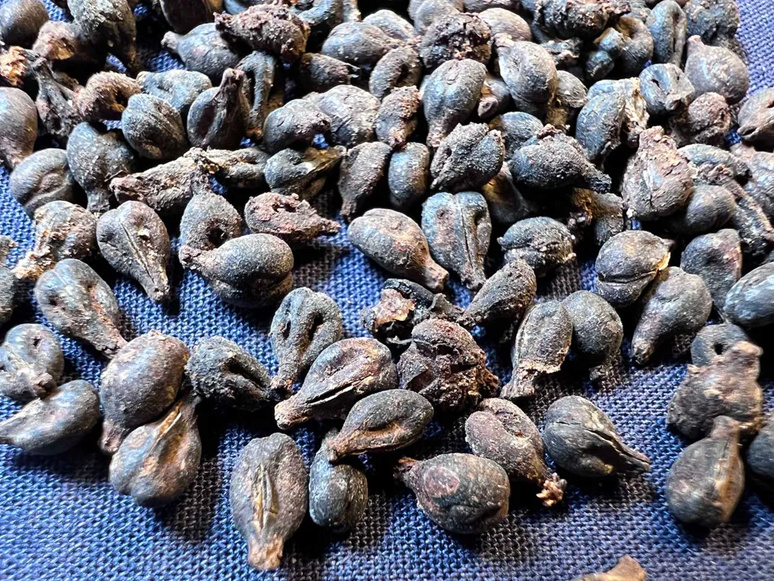Archaeologists find remnants of 5,000-year-old wine in ancient tomb of Egypt

The wine jars discovered in the tomb of the First Dynasty Egyptian queen Meret-Neith contained some grape seeds and remains of the wine. Photograph:(Others)
A wealth of grave goods, which included hundreds of large wine jars - some of which were sealed - were uncovered by the archaeologists in the tomb of the First Dynasty Egyptian queen Meret-Neith. The archaeologists said that these funereal riches have bolstered the case that Meret-Neith was a person of great significance, maybe even the first female pharaoh of Egypt.

Meret-Neith is said to have existed some 5,000 years ago and served as Egypt's queen sometime around 2950 BCE. At the very least, Meret-Neith was a queen-consort and regent. As per experts, she may have been a ruler or a pharaoh, however, archaeologists have failed to determine her position with certainty. As per historians, the first queen who is believed to have assumed the full royal titulary was Sobekneferu. However, she is believed to have lived a millennium later.
There is definitely major evidence in the tomb of Meret-Neith at the royal necropolis of Abydos which proves her importance. She was buried in between the final resting places of male pharaohs, and her own tomb was of great richness and comparable size. This has helped experts agree that she was probably the most powerful woman of her time.

An international team of archaeologists, headed by Christiana Kohler of the University of Vienna, worked with the Egyptian Ministry of Tourism and Antiquities to discover more about the grand monument in which Meret-Neith was buried years ago.
Along with the wine jars, which were discovered with grape seeds and remains of the wine that were once held by them, the researchers also stumbled upon inscriptions which clearly stated that Meret-Neith was responsible for important offices like the royal treasury. This further added to the previous evidence about the significance of the queen.
New technologies used to understand the construction of tomb
The archaeologists also used new archaeological technologies to better understand the way in which the burial monument was built.
The funeral complex of Meret-Neith, which was built using unbaked brick, clay, and wood, also had the tombs of 41 servants and courtiers who were interred with her.
Source: websites

